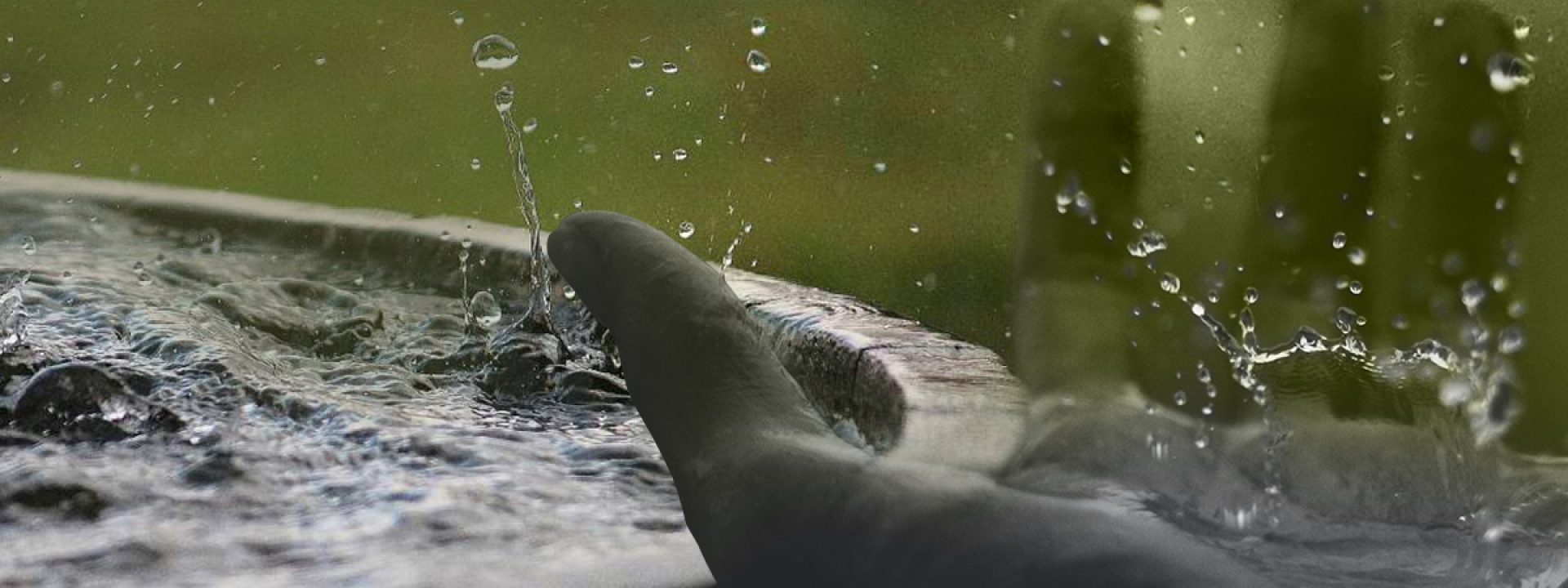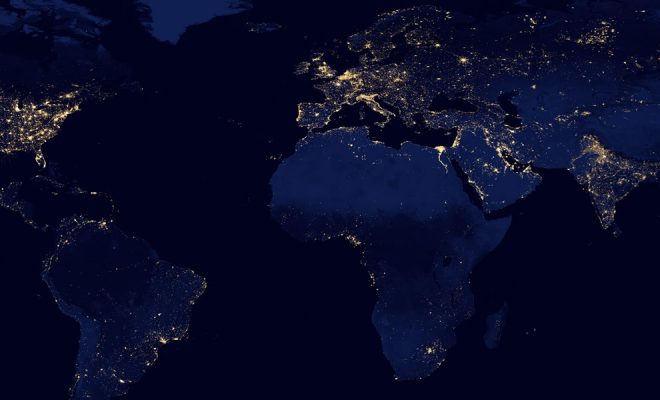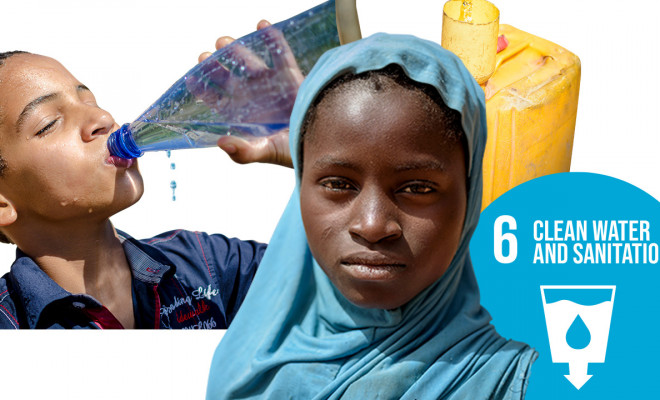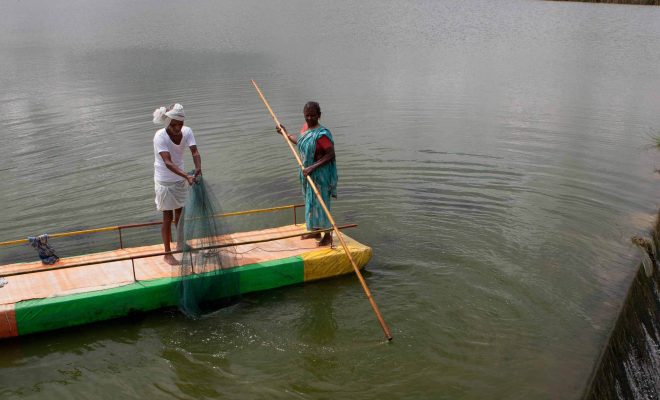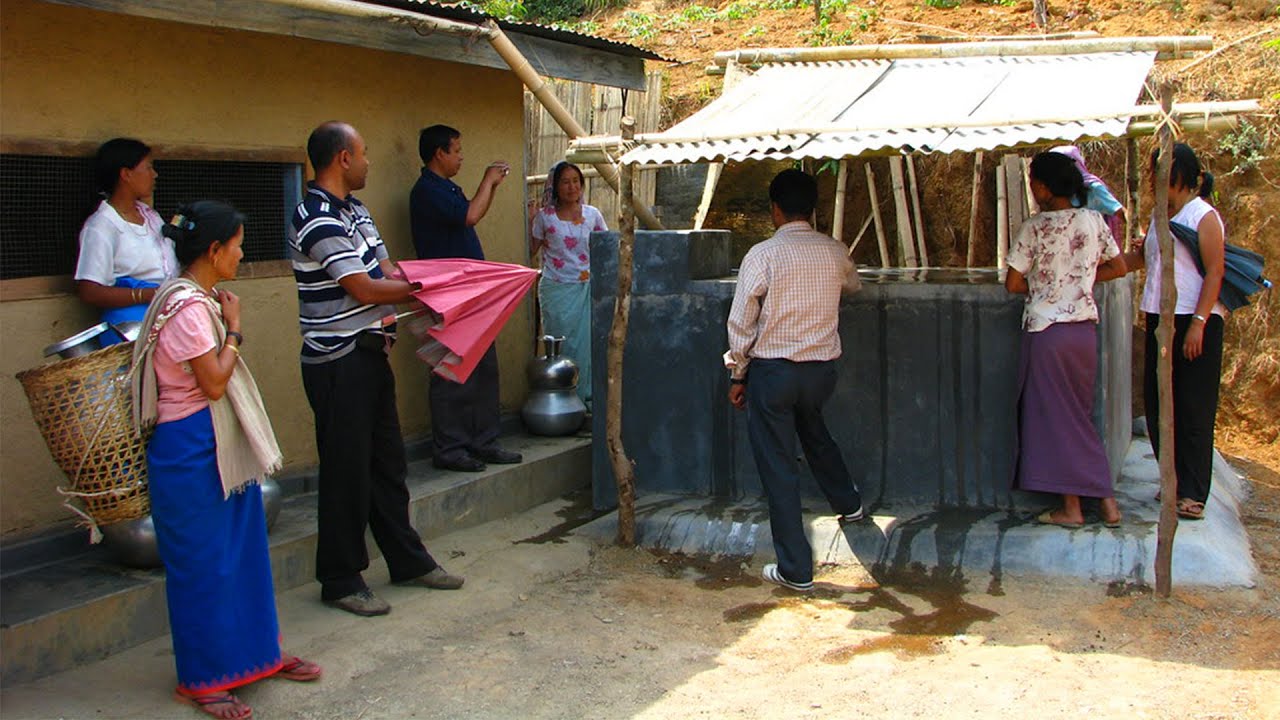
All the fresh water on Earth comes from rain and snow. It is the water we drink and use for watering, cooking, and washing. And we don’t use it all.
Since the dawn of human consciousness, about 70,000 years ago, homo sapiens have been collecting rainwater. Paleontologists believe that rudimentary techniques for catching, storing, and transporting it were essential factors in the nomadic and migratory movements that colonized the five habitable continents. These practices have developed in all civilizations, so the ancestral culture in this respect is deep and rich.
In modern times, rainwater harvesting has been practiced to provide access to water in areas with no secure water supply, i.e. in most regions that, according to JMP data, are home to the more than 770 million people who lack safe access to water or have it far from their homes.
“Rainwater harvesting” techniques, also known as water harvesting (WH) techniques, collect runoff from roofs or impervious ground surfaces. The term WH is also applied to so-called “floodwater harvesting”, which are techniques that collect water on a larger scale from surfaces such as streets, canals, and other facilities that are now called SUDS (Sustainable Urban Drainage Systems) and are being adopted in many cities to manage rainwater.
Rainwater harvesting on a larger scale, such as small reservoirs, is also being developed in many drylands to regenerate aquifers, curb overexploitation, control harmful runoff and provide farmers with a source of empowerment. A look at our projects in Ganjikunta and Girigetla, and more recently in Settipalli and D.K.Thanda4, shows the importance of small, community-managed dams in a climate-challenged area like India.
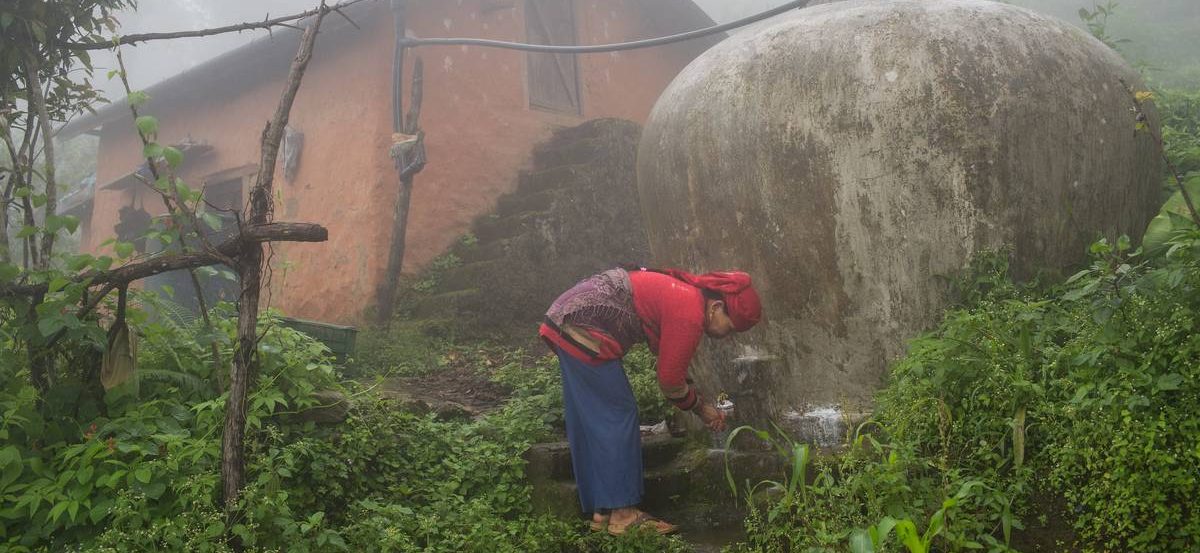
Small-scale rainwater harvesting enables many families to drink, cook and wash when supplies fail. In the image, a rainwater harvesting system installed in a home in Ratamata village, Gurans rural municipality in Dailekh district, Nepal. © Nabin Baral / IWMI
Is it safe to drink rainwater directly? Not in cities
Let’s focus on rainwater harvesting to provide direct access to household drinking water for the community. The first aspect to consider is its safety. Not all rainwater is free of contamination because, on its way from the atmosphere to the ground, the drops carry many particles, acid gases, and micro-organisms that are harmful to health. And it is in cities and areas of industrial concentration that the worst conditions of this type of pollution occur, and untreated rainwater should not be consumed.
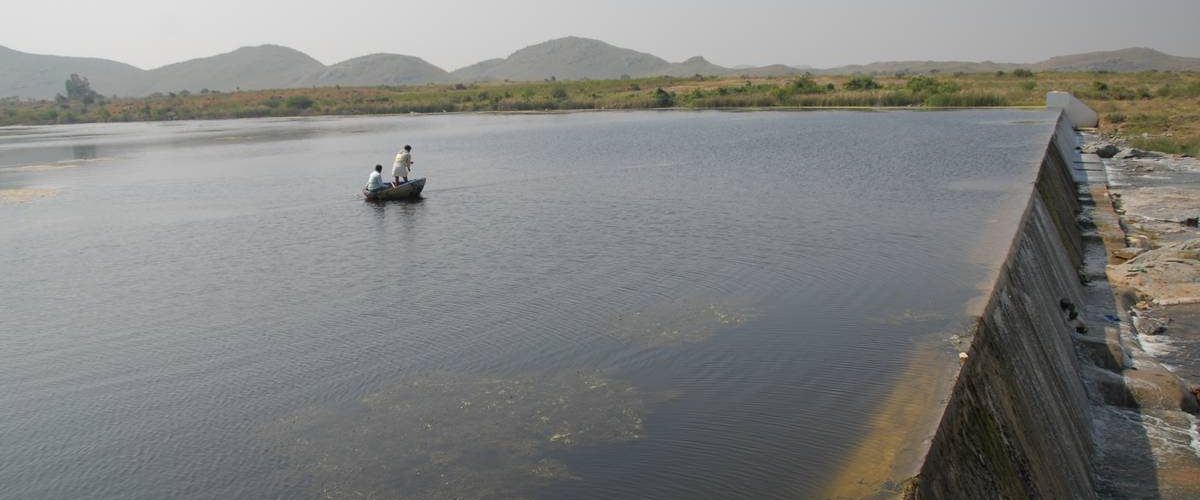
Rainwater harvesting on a larger scale, such as small reservoirs, is also being developed in many drylands to regenerate aquifers. © Nagappa FVF
It should also be noted that contamination of the collected water is often due to contamination of the catchment areas, which generally accumulate atmospheric particles, bird droppings, and all kinds of waste that are usually deposited on them. No city in the world is free of this type of contamination on roofs and decks, and families should be prevented from using this resource without control, as the water collected can be highly toxic.
It is usually enough to boil the water to remove harmful micro-organisms and to filter it to remove chemicals, dust, or pollen. This is mandatory, but almost none of those who collect rainwater from the roofs of their shacks in slums have such devices, let alone sanitation control protocols.
However, this contamination is hardly more harmful than the surface water still consumed by 72 million people in the world’s slums. A clear case is that of Kibera, Nairobi’s poorest slum and one of the largest in Africa, where many of its inhabitants do not even have the three KES (about 0.03 dollars) required to buy 20 liters of treated water and are forced to take advantage of the abundant spring and autumn rains to collect it with the precarious plastic or tin roofs of their shacks so as not to have to resort to the reservoir contaminated with sewage which is the source of the treated water.
Everything changes in rural areas
The air is usually much cleaner in areas far from large urban centers. And it is in the most depressed regions of the rural world where we find the most significant proportion of the population without safe access to water. Some 300 million people draw their water from unreliable sources and more than 110 million from surface water; most have serious health problems, especially children, who suffer high mortality rates due to diarrhea. There, rainwater harvesting is presented as a hopeful resource and an alternative to the currently available ponds, rivers, and unhealthy sources.
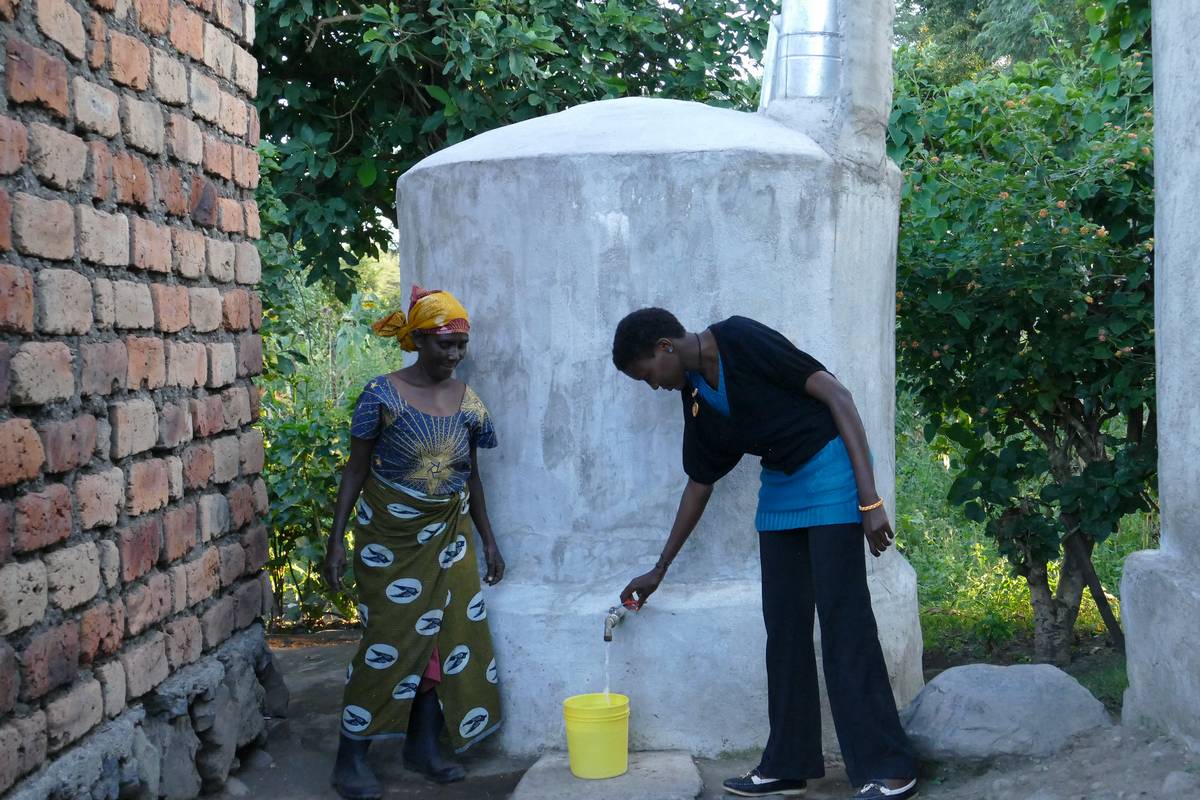
Where adequately implemented, smaller-scale rainwater harvesting programs, such as household rainwater harvesting, are an excellent tool for empowering beneficiary communities. © ssilberman
The search for uncontaminated aquifers is essential for those with difficult access to rural water. More and more groundwater is polluted by fertilizers, pesticides, and livestock waste, which in many cases are transmitted underground.
An alternative to natural pollutants
An intriguing case of rainwater harvesting is that of areas suffering from natural water pollution, such as fluoride or arsenic, to name two of the most common natural pollutants. According to WHO, some 70 countries have more than 400 million people affected by fluoride contamination in water, and more than 140 million suffer the consequences of arsenic.
Fluorosis is endemic in 22 countries, especially India, China, Ethiopia, and Mexico. And arsenic is naturally present in high levels in groundwater in Argentina, Bangladesh, Mexico, Chile, China, India, and the USA. In these cases, rainwater harvesting is part of the solution, especially in high rainfall areas, such as Bangladesh, where domestic catchment systems have proven to be very effective.
Lack of investment
Where adequately implemented, smaller-scale rainwater harvesting programs, such as household rainwater harvesting, are an excellent tool for empowering beneficiary communities. The installations are simple, user-friendly, and greatly facilitate collaboration, enhancing their sustainability.
However, they need to be financed, which is very difficult to achieve in the most deprived areas. The WHO has established mandatory guidelines for drinking water quality to ensure health. The catchment structures and filters needed to comply with these guidelines are simple and do not represent an insurmountable technological gap.
Hopefully, the emergence of a rainwater harvesting market, which reached a value of USD 1.3976 billion in 2021, will facilitate this. A study by research firm IMARC Group predicts that the rainwater harvesting market will reach USD 1.8097 billion by 2027, with a remarkable compound annual growth rate (CAGR) of 4.37 % during 2022-2027.
Another factor determining the success of the facilities is the impact climate change is having on rainfall. According to the IPCC, in most drought-stricken areas, there will be less rainfall and, in many cases, more violent rain, so the lack of water storage infrastructure can lead to significant economic losses due to floods and droughts, and impose high costs on human health from contaminated water.
Rainwater harvesting is a helpful option to ensure that access to water can be further advanced in areas and locations where it is challenging to plan short- and medium-term supply infrastructures. It is also an option to aid climate change adaptation and empower the most deprived communities. Investment is needed to achieve this.


